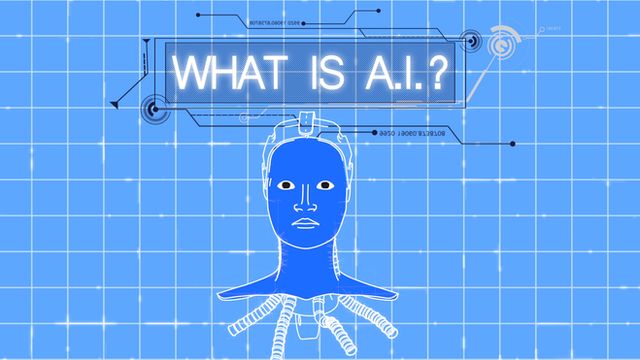
There’s a great deal of power locked into data that companies can leverage to influence the spending habits of their consumer base in ways that seemed unimaginable in the past. One prominent example is that of major retailer, Target, who used predictive analytics to determine a teenage girl was pregnant before her own father did.
In 1984 UCLA Professor Alan Andreasen published a paper that helped to explain why people will sometimes suddenly change their shopping routines. Andreasen found that when people’s lives are in a state of stability with no significant life-changing events occurring, they will stick to the same brands and the same shopping routines. This isn’t ideal for competitors who want to redirect shoppers to their brand, but if they could understand why people suddenly change their habits, they could strike them at the right time. Andreasen found that the key to this sudden change lay in disruptive life events such as changing jobs, moving in with a partner, getting married or divorced, and becoming pregnant.
Statistician Andrew Pole was hired by Target to analyze the data Target collects on its shoppers and action it in a way that allowed the company to better sell to customers. Pole figured out that if he used advanced analytics on Target consumer data, he could figure out which women were pregnant and even which trimester they were in. Target assigns every shopper an ID number so it can link the shopping habits to other personal information like address and demographic. Target also encouraged pregnant women to use the baby shower register
This baby shower register allowed Pole to use predictive analytics to identify pregnant shoppers. Because all of the women on the list were known to be pregnant, he could analyze their spending habits and use the patterns he found to predict that women following the same spending patterns were also pregnant. For example, Pole found that pregnant women purchase higher quantities of unscented lotions compared with non-pregnant women. In the first trimester of pregnancy, women were also known to buy increased quantities of dietary supplements such as calcium, magnesium, and zinc. In total Pole managed to identify approximately 25 products that allowed him to predict if a woman was pregnant if these items were purchased in certain frequencies and quantities.
Pole’s use of advanced analytics and statistics was so strong that he could even determine the due date of a pregnant woman with a significant degree of accuracy. Target started to use this form of predictive analytics to determine whether a woman was pregnant, and assign her a pregnancy score. They would then send these women coupons for pregnancy-related products. And this is how Target figured out a teenage girl was pregnant before her father did. Allegedly the father was enraged when he noticed his teenaged daughter was being sent coupons for baby products and confronted a Target manager to accuse them of encouraging teenagers to get pregnant. In reality, she was already pregnant.
All of this was made possible due to clean data, statistics, and advanced analytics. Today we have advanced AI algorithms that can find these patterns for us, but not without the right data. It’s incredibly important to have good data cleaning procedures in place to detect and correct corrupt data or inaccurate data. Clean data is invaluable in advanced analytics and predictive analytics. Having a fast and robust infrastructure of systems capable of data cleaning and analysis allows businesses to visualize their data and unlock the potential of predictive analytics, and this is something we specialize in.




 Never miss a story from us, get weekly updates in your inbox.
Never miss a story from us, get weekly updates in your inbox.